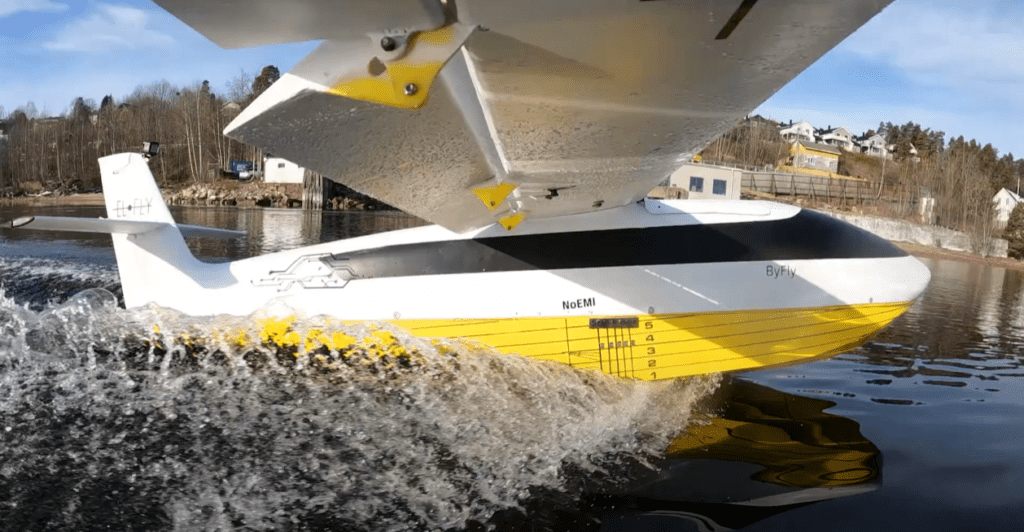For most trips, a plane can take you from A to B without any problems. But sometimes, that just won’t cut it — especially if you live in a watery area. What if you want the undeniable speed that planes bring, but also could use a boat every now and again? In that case, or if you just feel like your small plane may need to land on water, this project may interest you.

A Norwegian company is now developing a small electric seaplane (or a flying boat, depending on how you think about it) that’s powered by batteries. After receiving a $1.6 million grant from the Norwegian government, researchers at Elfly will now have to produce a working prototype within 3 years.
“This will be a kind of battery-powered flying boat. The goal is to be able to provide flexible mobility in Norway, with zero emissions and significantly reduced noise pollution, and also develop new, sustainable business models,” says Eric Lithun, CEO of Elfly.
A proof of concept already exists and the hull of the plane is already in testing. The boat-plane will have a fuel autonymy of about 200 kilometers and will be able to fly at around 250 km/h (155 mph). So you’d be able to make a 4 hour drive in about 40 minutes, Lithun says. With batteries progressing year after year, the company’s engineers expect the autonomy to grow more in the following years. The company won’t build its own battery, it will use existing batteries that can be charged anywhere.
The challenge with building seaplanes is that internal combustion engines suck in oxygen and salt water — both of which can corrode the engine and cause serious failures. With an electric engine, that’s no longer a problem — but finding a design that works efficiently both in water and in the air is still a painstaking process.
“It is particularly important to develop the hull so that the aircraft can take off using as little power as possible. The challenge is to find the ultimate combination of aerodynamics and hydrodynamics,” says Kourosh Koushan, a SINTEF research scientist who is also working on the project.
“We test the hull by towing it at different angles and assessing how this affects the water resistance. This will provide data that we can use to produce a data simulation of the take-off phase. We will compare the results to propose improvements of the hull,” Koushan explains.

The battery will be chargeable with the same plug as for electric boats, which is also the one used for electric cars in the EU. The company hopes to have some 20 units in the air by 2030, using them for passenger flights, as well as ambulances, delivery of goods, or any other services.
It’s bound to be a niche application, but sustainable, electric seaplanes may soon become a reality. I kinda want one.


